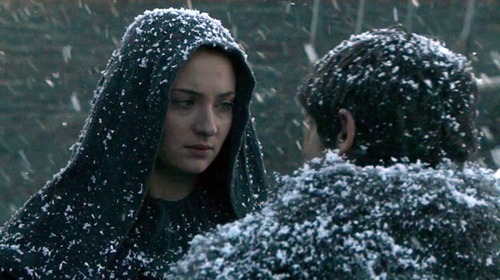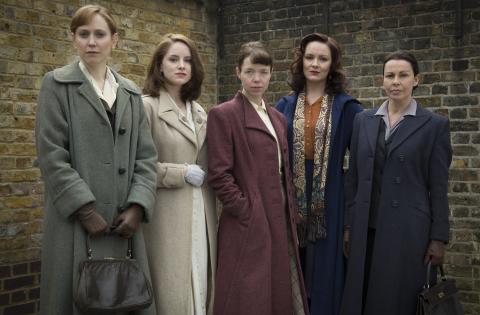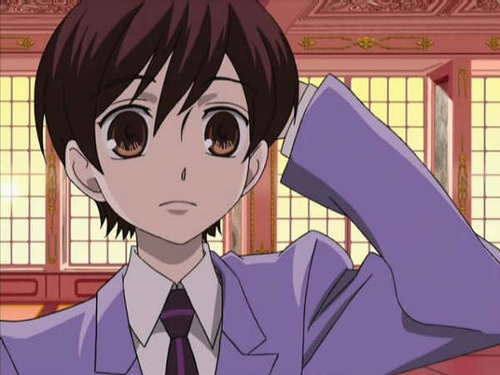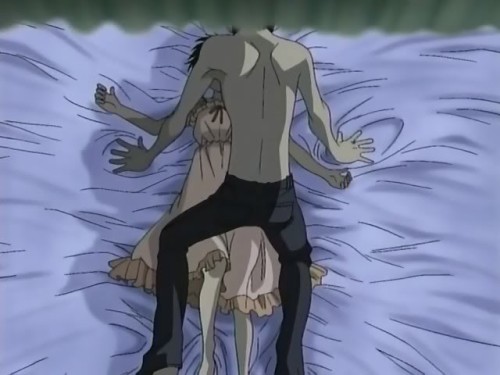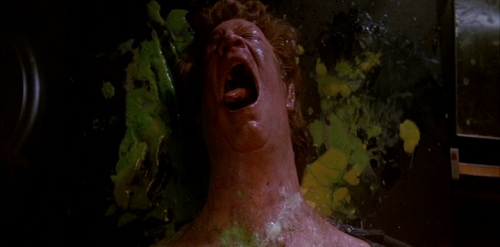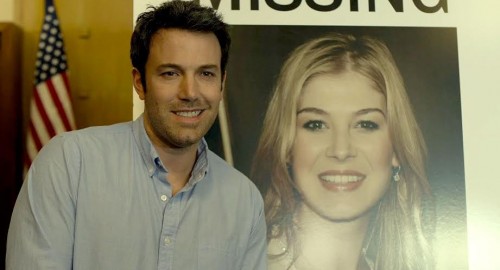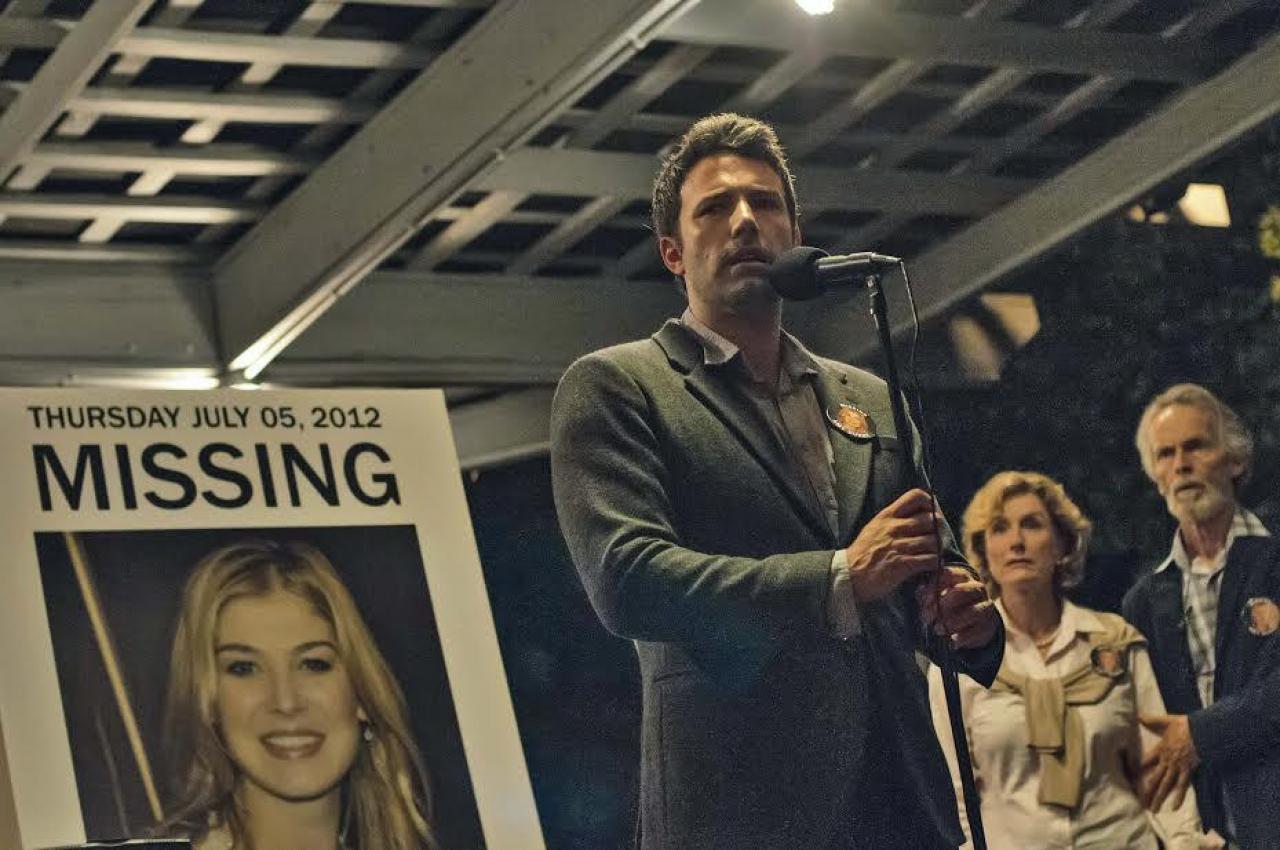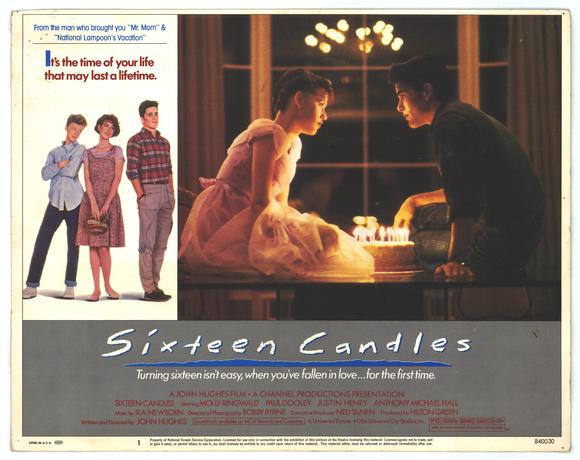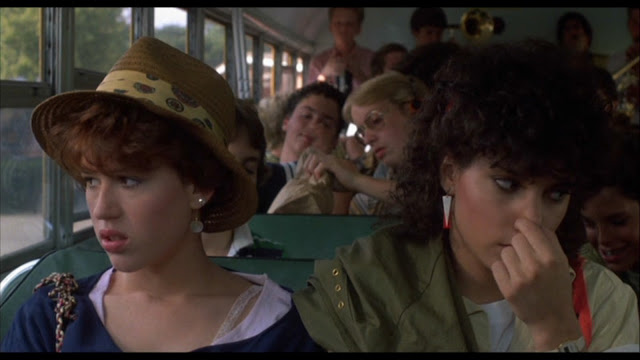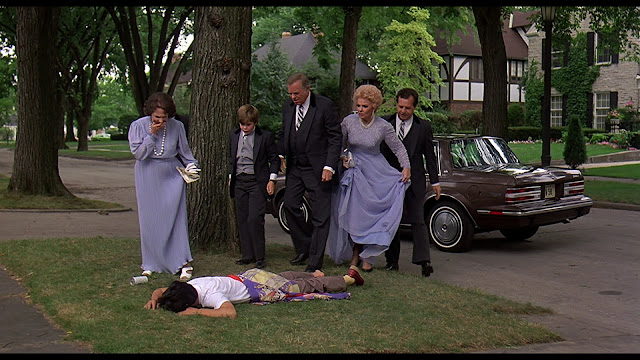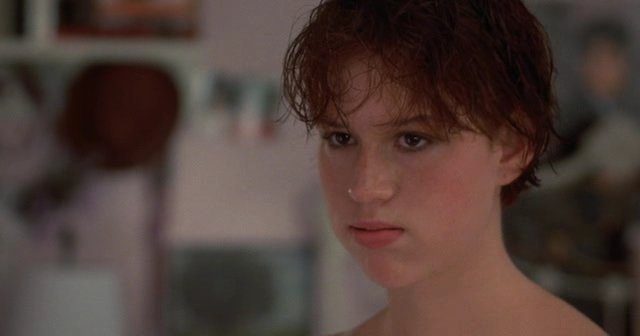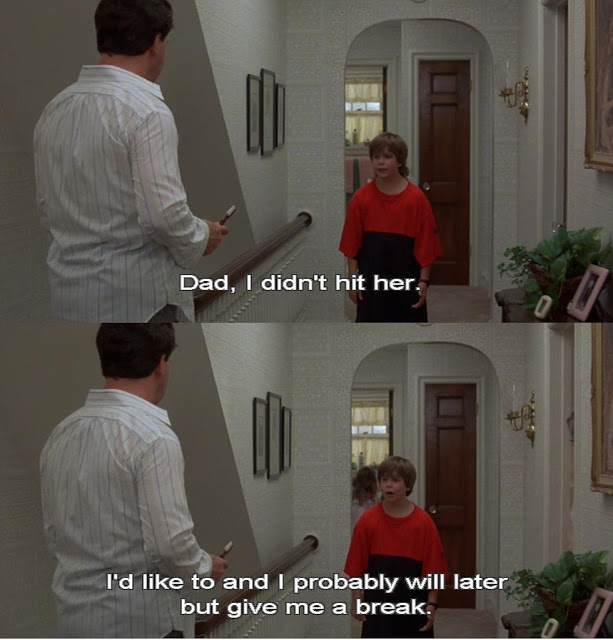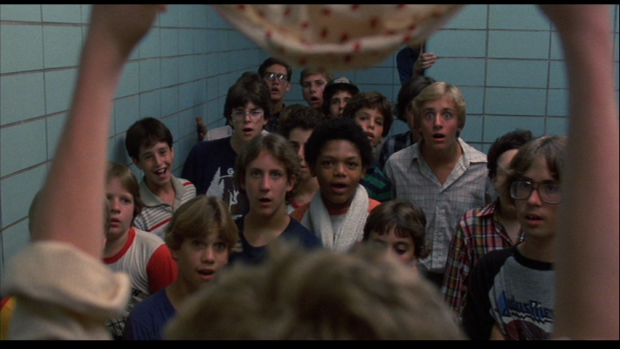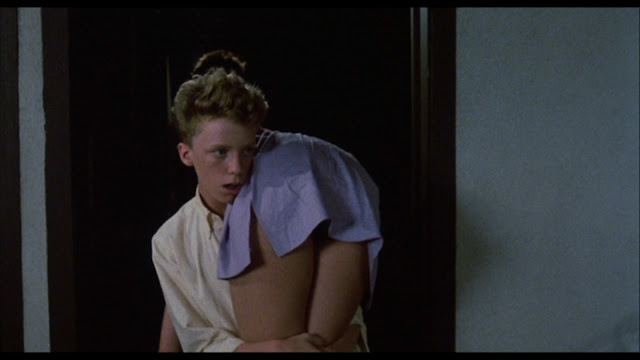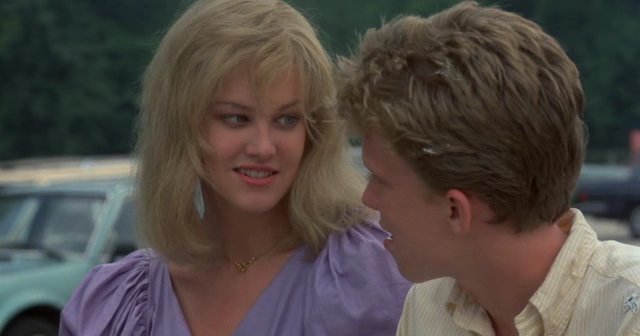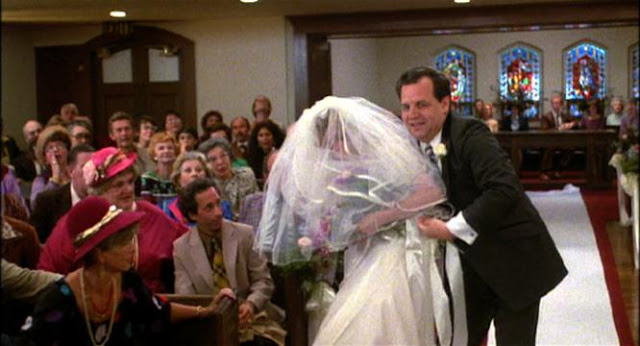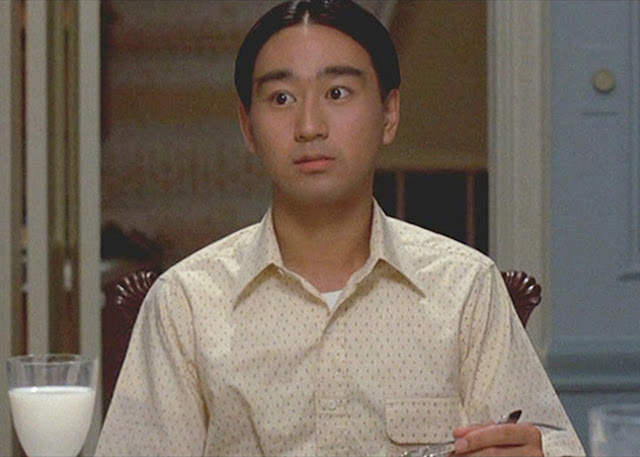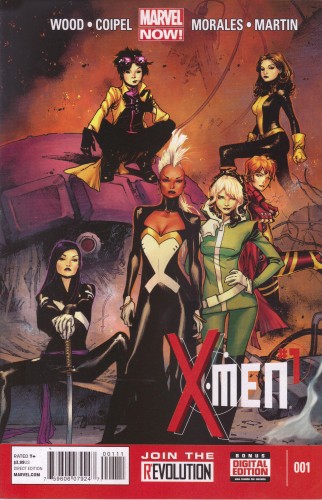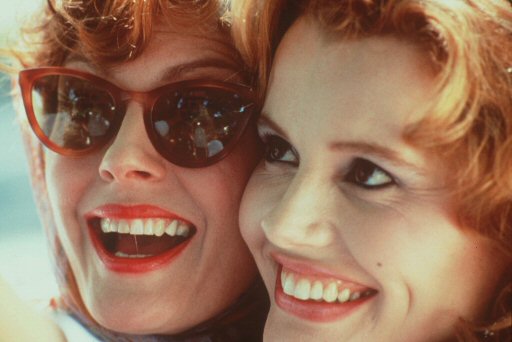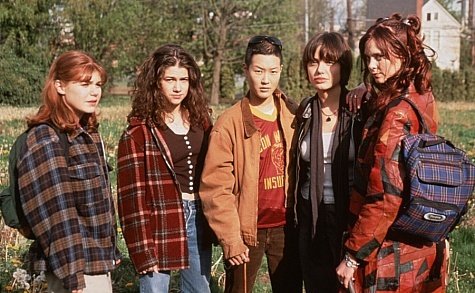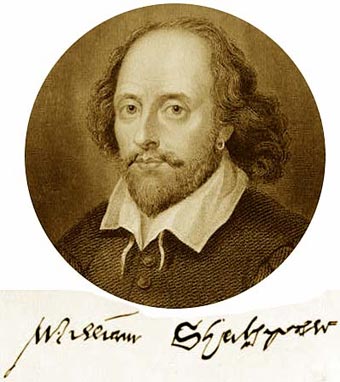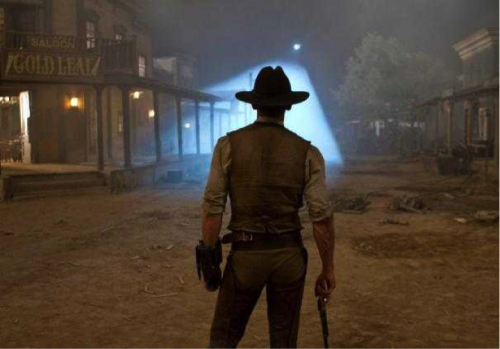Written by Katherine Murray.
Let me start by saying that the title of this post is a little disingenuous – I’d never tell you how upset to be about the rape plot lines on HBO. You feel how you feel, and you get to make your own decisions about what you do and don’t watch. I do, however, find it interesting that rape’s showing up so often on TV, and I wonder whether that’s a good thing (because we’re finally talking about it) or a bad thing (because we’re slowly getting desensitized to it). I think it’s a little of both.

I remember that, when Game of Thrones first aired, and I watched the first episodes, not really knowing what it was, I was very uncomfortable with the story line where Daenerys gets sold to a warlord who rapes her repeatedly before they suddenly fall in love. I remember thinking (and writing) at that time that I was afraid to live in a world where depictions of rape were so common that they no longer had the power to shock us. I think I likened it to the festering animal corpse we saw in episode one – something that would have really freaked me out when I was younger, but that I barely even noticed on Game of Thrones, since I’m so used to seeing gross stuff on TV.
In the intervening years, I was annoyed that Game of Thrones used rape so often as a way to raise the stakes in a tense situation – during the battle of Blackwater we learn that the noble women have soldiers standing guard to kill them if the city falls, so that they don’t get raped; a bunch of total randoms try to rape Sansa because that’s what they do during riots in Westeros; we know that all the guys stationed at Crastor’s Keep are total fucking dicks because they want to rape every girl they meet; we know that a bunch of other guys in the Night’s Watch are total fucking dicks for the same reason. One of the worst examples is when we spend what feels like hours and hours of season three watching Ramsay Snow torture a male character named Theon, often in sexual ways, apparently just to impress upon us that torture is really bad news.
On the flip side of that, season three also includes the only rape plot line I’d mark as kind of legitimately good. In that plot line, Jaime Lannister slowly becomes friends with the only female knight on the show, Breinne of Tarth. When they’re both captured by mercenaries who try to rape her, the show is very clear in presenting this as a situation in which sexual violence is being used as a way to dehumanize her, punish her for gender non-conformity, and treat her as less than a person. Because Jaime’s come to see Brienne as an equal and a full human being, we see that his perception of rape changes in that moment, and that he starts to appreciate that she’s had to fight a much harder battle than he has, just to receive basic rights. (The show later destroys that character arc by “accidentally” having him rape his sister, but that’s another story.)
For me, the stuff with Brienne worked well because that story didn’t treat rape as something that inevitably follows from being female – it contextualized rape within society, culture, and power relations, showing how rape is used as a tool used to oppress people with lower status. That’s important – and it’s something worth dramatizing in fiction.
The latest rape-related plot line – the one that, weirdly, is the flashpoint for anger over rape on Game of Thrones, after everything else that’s happened – falls somewhere between gratuitous let’s-raise-the-stakes stuff and thoughtful cultural commentary, but much closer to the former. It’s easy to see why people are upset. Sansa is a likable character, Ramsay is a bastard (in every single sense of the word), and watching him viciously attack her on their wedding night doesn’t tell us anything about the characters, the situation, or the dynamics of sexual violence that we didn’t already know. It wasn’t my favourite moment, either. But is this a sign that we’re not taking rape very seriously? I’m not sure.
HBO has a pretty uneven history of using rape story lines – sometimes for good, sometimes for something a bit less than good, and sometimes for something that’s hard to parcel out.

Back in 1997, HBO launched its first hour-long drama series, Oz – a theatrical, experimental and often scathing indictment of the US prison system. Oz arguably paved the way for the renaissance of HBO original programming that followed, and it introduced a lot of the things we’ve come to expect from premium cable – lots of f-bombs, frontal nudity, graphic sex and violence, people taking drugs, and (of course) people doing crimes. Its thesis, at least in the beginning, was that it’s inhumane to lock people up in a cage and watch them tear each other apart. Its attitude toward rape, at least in the beginning, was that rape is used by dumb people with poor social skills as a way to punish, humiliate and control those they see as their inferiors. The main story arc in the first season asks the audience to identify with a man who’s raped and tortured by a white supremacist, and to watch as he slowly loses his humanity. It’s very uncomfortable, but it’s also a powerful depiction of what’s wrong with something that a lot of people see as being a normal part of prison and have the bad taste to make flippant jokes about.
Oz ran for six seasons, though, and things got weird toward the end. The show seemed to learn the wrong lessons from itself (and from The Sopranos, which launched two years later) about what was successful with viewers and, rather than being a focused piece of cultural commentary, it turned into The Super Gross-Out Everyone Rapes and Stabs Everyone Hour with subplots ripped from the headlines, in which the prisoners became telemarketers and seeing eye dog trainers. Meaning, if we take Oz as a whole, it was both a valuable examination of a serious issue that wasn’t often talked about and a crass attempt at turning sexual violence into a shocking and sometimes titillating spectacle. It didn’t score 100 percent in either category, and many of the premium cable shows that followed have also been a mixture of the two things.
It bears mentioning that a few shows have actually just been a mixture of the worst kinds of things. At the shallow end of the entertainment pool, True Blood scored a hat trick by: a) including gratuitous, shock value rape that served no purpose in the story; b) acting like it’s impossible to rape a man because men are always up for sex; and c) acting like rape can be a funny joke under the right circumstances (for reasons that I don’t understand, those circumstances are: if the victim is promiscuous and if the rapist has a weird personality – WTF?). On Showtime, Shameless has also gone the route of it’s-impossible-to-rape-a-dude-and-it’s-kind-of-funny-if-you-try, and I’m told that the current Starz series, Outlander, is basically built from rape fail of the isn’t-this-sort-of-erotic variety.
At the other end of the spectrum, the Sopranos episode “Employee of the Month” is routinely cited as one of the best in the series, and that’s an hour all about the rage that Tony Soprano’s therapist, Dr. Melfi, feels after the man who rapes her is released on a technicality. She struggles with the ethical decision of whether to use her mafia connections to exact some vigilante justice, and the audience understands how she feels. We can debate whether or not the show “needed” the attack on Dr. Melfi to be rape, or what it means that that was what was chosen so that we could sympathize with her position, but it’s a good piece of television. And it’s a good piece of television from a show that also has no problem setting its scenes in a strip club and using women’s bodies as a backdrop to the action.
In that context, Game of Thrones reads more like Oz and The Sopranos than like True Blood, Shameless, or Outlander, to me. Sometimes it’s contributing something of value; sometimes it’s indulging an ugly desire to see people suffer for our entertainment; sometimes it’s uncritically replicating our conflicted cultural attitudes toward rape – it’s a mixture of all of those things – so, how should we feel about that?

There was a time, not long ago, when rape was basically Voldemort – you couldn’t say its name without making everyone uncomfortable, or risking that they’d blame you for making them uncomfortable, by speaking the forbidden. When rape was a stigmatized topic and had the power to bring an uncomfortable hush, it arguably seemed like a more serious subject. But, because it brought that hush, and because we didn’t talk about it – because it was shrouded in so much shame and secrecy – we couldn’t have the conversations we’re having now about what consent looks like, and what it is and isn’t OK to expect from a partner. We couldn’t talk about rape culture – we couldn’t talk about the way that rape relates to other forms of violence against women; we couldn’t publicly discuss the systemic reasons why it happens. We couldn’t even say, “It’s a form of misogyny.” It was just shadows peeling out of the dark – a horrible, inexplicable thing that just happened without any explanation, or any way to make it stop.
Now, it’s at the top of our cultural radar. Now, it’s lost some of its power to hush, and we’ve gained more power to speak about it. We’re at a stage where we have to confront rape somehow, and we’re watching that confrontation play out on TV – it’s a confrontation that isn’t over yet. It’s a confrontation that’s really just starting.
The reason there’s so much rape on television now is that we’ve realized the issue is important. It occupies a place in our minds – it’s something that we’re actively struggling with, and that’s good. It’s better than accepting rape as normal; it’s better than treating it as some big mystery thing that nobody can ever talk about or change.
At the same time, when we didn’t talk about rape, we could all sort of silently believe that we agreed with each other about how it worked. Now that it’s holding more space in public discourse, we have more opportunity to encounter ideas about rape that offend us. If the presentation of rape on TV seems schizophrenic – if it seems like it’s this weird, random mixture of insightful observation, crass enjoyment, gross misunderstanding, sympathy, minimization, titillation, gender theory, cultural criticism, ignorance, spitefulness, and confusion – that’s because, culturally, we have a fractured, complicated, self-contradictory relationship with this topic. It’s actually possible for the same person to be kind of turned on and kind of grossed out by rape scenes – it’s possible for the same person to think it’s wrong for men to rape women and that’s there’s nothing you can really do about it because it’s just something that happens. It’s possible for somebody with really good, enlightened, thoughtful views of gender to just not notice sexualized violence against women, because we’re all so used to seeing it.
It’s also possible for someone to be a straight-up misogynist dick bag, and we get some of that, too, but the point is that we’re in the middle of a discussion that it’s worth our time – all our time – to have.
To say the least, it’s absolutely annoying – and, for some people, hurtful and traumatizing – to feel that you can’t watch TV anymore without risking that the story will suddenly turn against you by presenting sexual violence – violence that you may have experienced in real life – as something that’s either Not A Big Deal or is Kind Of Fun To Watch – but it’s also an opportunity for dialogue that we weren’t always able to have.
I would be more disturbed if every depiction of rape on TV were dismissive, normalizing, gratuitous, or uncritical, but we’re fortunate enough that that isn’t the case, and fortunate enough to live in a time when audiences have an unprecedented ability to publicly respond and speak back to what they’ve seen.
It sucks to be reminded that not everyone has a very sophisticated view of how gender and power dynamics influence rape – it sucks to be reminded that there are some people who’ve literally never had to think about this at all, and others who have to live in fear and think about it all the time. But it’s also amazing, because at least now we’re talking about it. Now, no matter how little you usually think about gender, you’ve heard the words “rape culture” before. Now, no matter how little you usually think about TV, you’ve had to ask yourself whether you think it’s right or wrong to have a plot line about rape – and why, and what makes it that way, and what having that plot line says about culture.
It’s up to you to decide how upset you are about any individual plot line on any individual show, but the pattern, I think, is not so discouraging. The pattern shows that this is a subject that’s become important to us – that it’s something we’re trying to understand. That we find it worthy of our attention. The discussion is still really messy, and it includes ideas that are pretty off-putting at times, but I think it’s a positive sign that we’re talking about this at all.
Links of interest:
- Dominick Mayer on confronting rape culture (The Daily Dot)
- Zerlina Maxwell explains that rape culture is a real thing (TIME)
- Alyssa Rosenberg on how rape plot lines have changed to focus on women’s experiences (Washington Post)
- Eliana Dockterman on TV confronting the long-buried problem of rape (TIME)
- Todd VanDerWerff’s analysis of “Employee of the Month” (Onion AV Club)
Katherine Murray is a Toronto-based writer who yells about movies and TV on her blog.
